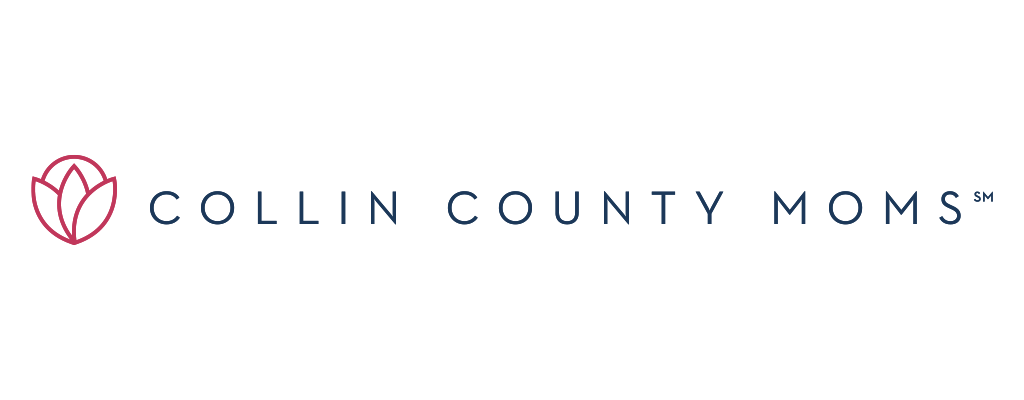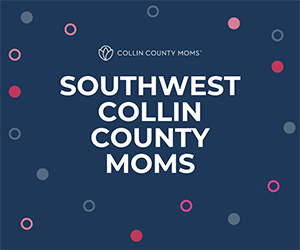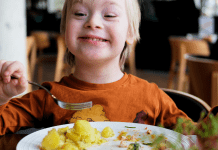Spring is the time that many new parents begin to think about what they want their children’s education to look like. As parents are enrolling all around, now is the time to start exploring and becoming familiar with all the options our area has to offer. In addition to public education, Collin County has a wide variety of educational approaches and schools for you to consider. With the help of Greenville Montessori School, we’ve created this month’s “Exploring Montessori” series as a way to help you become more familiar with one of their options. Stay connected each week as we explore more of the Montessori philosophy.
If you have visited a Montessori school you will see the classrooms have shelves stocked with various “objects/materials”. Ever wondered what is the purpose of all those pretty and colorful materials? In this segment, we will touch upon some of those materials and try to explain its use and how it helps develop young minds.
Montessori education consists of five core areas of learning – Practical Life, Math, Language, Sensorial & Cultural. Each area has its own material. Maria Montessori, founder of the system, was interested in the process involved in learning. So, it was not so much ‘book knowledge’, but actual hands-on experiences.
Practical Life
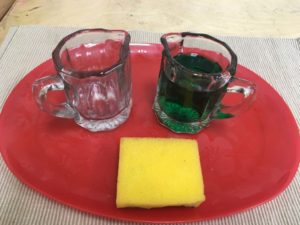 This is the first area that a child is exposed to as early as 2 years old. Activities that imitate real life daily tasks like pouring water, tying shoelaces, buttoning, sweeping/mopping the floor, dish washing are included here.
This is the first area that a child is exposed to as early as 2 years old. Activities that imitate real life daily tasks like pouring water, tying shoelaces, buttoning, sweeping/mopping the floor, dish washing are included here.
These activities provide real-life experiences for children. For example, Pouring. It helps develop gross and fine motor skills and coordination, concentration, accuracy & sequence. It also teaches the child responsibility and independence.
The Practical Life area ‘prepares’ the child indirectly for subjects like – Math, Language, Science.
Math
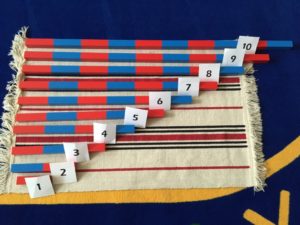 Memory skills, built by repetition & sequence in Practical Life area, are useful for Math. As the child learns to count, he has to retain the numbers in his memory.
Memory skills, built by repetition & sequence in Practical Life area, are useful for Math. As the child learns to count, he has to retain the numbers in his memory.
A popular Math tool used in Montessori is called Number Rods where children learn to count 0-9 using color-coded rods.
Math is about sequence – counting 1 to 10 in correct order, it is about learning to understand that the number 2 is followed by number 3. It is also about learning accuracy. For example which rod represents the number ‘6’. The number rods also teach them the concept of “largest & smallest”.
Language
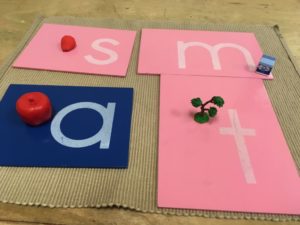 The goal of all activities in the Montessori program is to develop the skills needed for oral, written language and reading. There are several different Montessori objects that are used to teach vocabulary; one such being the Sandpaper letters.
The goal of all activities in the Montessori program is to develop the skills needed for oral, written language and reading. There are several different Montessori objects that are used to teach vocabulary; one such being the Sandpaper letters.
Sandpaper letters help children to learn their letter sounds. They are lower case letters made of sandpaper glued to wooden rectangles. Lower case because when you read most letters are lower case. Since the letters are made of sandpaper children can feel the letters.
The teacher demonstrates to the child on how to trace the letter and make the sound for each letter. The letters are grouped according to sound with four or five sounds per group (for example – group 1: s, m , a, t. group 2: b, f, e, g). The child is not introduced to a new sound or sound group until the sounds presented have been mastered by the child.
Children are also introduced to common objects that start with these letters so they can start grasping beginning sounds of letters.
Sensorial Experience
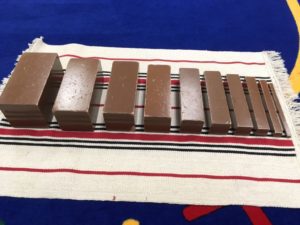 In this area of Montessori, students develop, broaden and refine their five senses. Children can see and discriminate differences in dimension, width, length, and size by interacting with the materials. One such material is the Brown Stair.
In this area of Montessori, students develop, broaden and refine their five senses. Children can see and discriminate differences in dimension, width, length, and size by interacting with the materials. One such material is the Brown Stair.
Brown Stair is ten wooden, brown, rectangular blocks of equal length graduated in breadth and height and placed side by side in a stair formation. The child identifies the increase and decrease in size in two dimensions along with Math concepts like “number of stairs, adding/removing stairs” and vocabulary and visual perception of “thick and thin” and “smallest and largest”.
Cultural
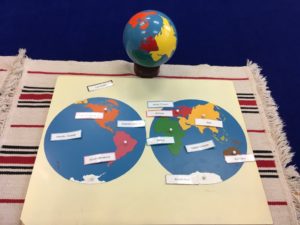 In Montessori, the child is introduced to cultural studies with a study of the globe. The child is introduced to the world as a whole and then the smaller parts that make up the globe.
In Montessori, the child is introduced to cultural studies with a study of the globe. The child is introduced to the world as a whole and then the smaller parts that make up the globe.
Children typically love the globe and seeing continents, ocean and land. On a world map, they start to point out the country/city they live in or countries they have visited!
Cultural area is one of the most popular areas in the classroom.
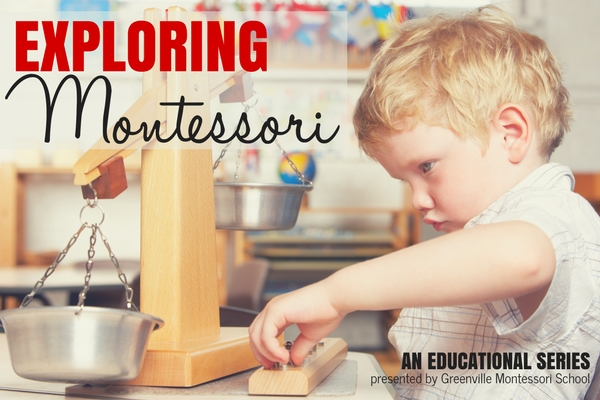
Missed last week’s post? Be sure to go back and read Exploring Montessori: Debunking the Common Myths {Series Part 1}.
Collin County Moms Blog is excited to see all that Greenville Montessori School in Allen is doing for children, and if you’re interested in Montessori, we encourage you to reach out to take a tour! To learn more about Greenville Montessori School, make sure to visit their website or Facebook page.
550 Trinity Dr. Allen 75002
(214) 383-5093
* * * *
Ms. Jay Blench is a Montessori certified teacher and school director at Greenville Montessori School in Allen. Teaching is her passion and she has embraced Montessori philosophy since 2000. Feel free to reach out to her at 214-383-5093 if you have any questions or need further clarification on this blog.
